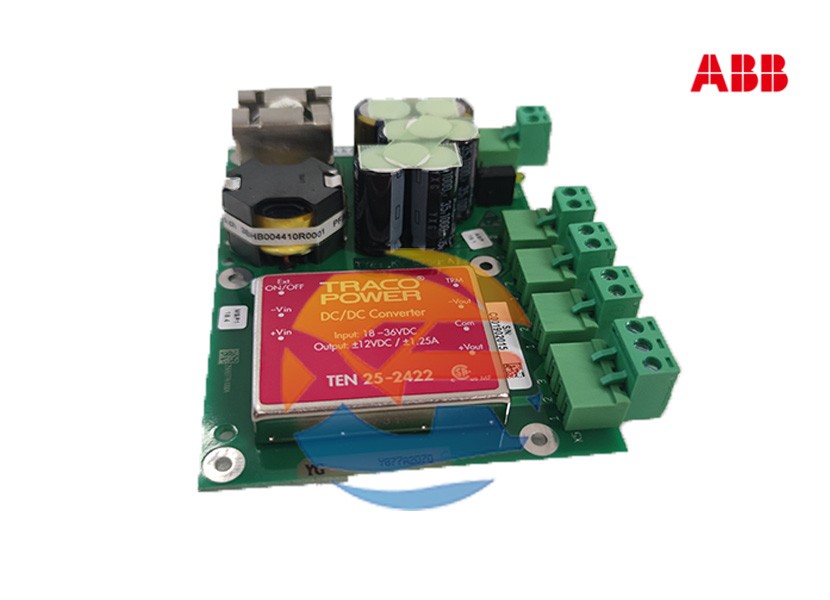
Implementing a high-performance controller like the ABB KVC758A124 3BHE021951R1024 is a significant project that requires meticulous planning beyond the initial selection. This guide provides a practical, step-by-step overview for system engineers and project managers, covering the critical considerations for sourcing authentic components, planning the system architecture, and integrating the controller into an ABB Symphony™ Plus distributed control system (DCS).
Before procurement, a clear system design is essential to ensure the KVC758A124 is the right fit and to determine the scope of ancillary components needed.
What process unit will the controller manage? Outline the control narratives, identify the number of I/O points, and determine the required control logic complexity. This will confirm that a controller of this performance tier is necessary.
Is the process so critical that it requires a redundant controller setup? For high-availability (HA) applications, you must plan for a 1:1 redundant configuration, which means procuring two KVC758A124 modules, a redundant harmony rack, and potentially redundant power supplies and networks. This decision has major cost and design implications.
The KVC758A124 is designed for the Symphony Plus DCS with Harmony Racks. Ensure your existing system or new design is based on this platform. It is not compatible with ABB's AC 800M (System 800xA hardware) or other PLC families without gateways.
Sourcing a genuine and supported component is the most critical step to ensure long-term reliability.
To guarantee authenticity, a valid warranty, and access to technical support, purchase the KVC758A124 3BHE021951R1024 exclusively from an authorized ABB distributor. The secondary market for such specialized components carries a high risk of counterfeit, refurbished, or obsolete parts that can fail catastrophically.
Industrial automation products have long but finite lifecycles. Check the status of this controller on ABB's official product lifecycle management pages. Understanding if it is in the "Active," "Classic," or "Limited" phase is crucial for spare parts planning and future expansion.
A controller does not work alone. When ordering, you will likely need:
The engineering software is your window into the controller.
The Symphony Plus system is engineered using ABB's unified System 800xA automation software. This integrated environment handles hardware configuration, control logic programming, HMI design, and system diagnostics.
In the 800xA Engineering workplace, the first task is to create a hardware configuration that mirrors your physical setup:
Develop the application program using the powerful tools and languages available in the 800xA environment. This includes:
If implementing a 1:1 redundant system, this requires specific configuration in the 800xA engineering to define the primary and standby controllers and their synchronization parameters.
Warning: Commissioning must be performed by qualified personnel following all safety protocols.
Successfully integrating the ABB KVC758A124 3BHE021951R1024 is a structured process that bridges careful planning with precise execution. By prioritizing genuine components from authorized sources, leveraging the power of the System 800xA engineering toolkit, and following a rigorous testing regimen, you can deploy a control solution that delivers the extreme levels of reliability and performance required by the world's most critical industrial infrastructure.